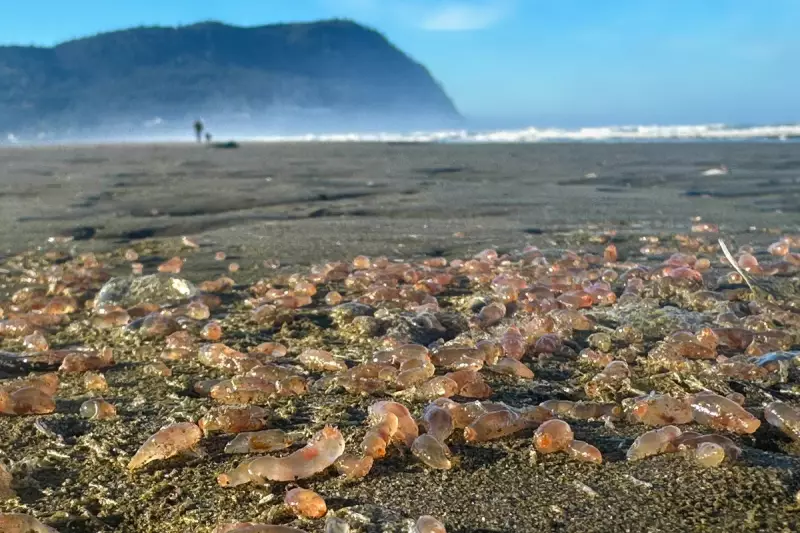
A disturbing environmental mystery is unfolding along America's Pacific coastline as scientists investigate the sudden deaths of thousands of seabirds washing ashore from Oregon to California.
The scale of this die-off is particularly alarming to marine biologists, who report finding hundreds of deceased common murres along beaches in Seaside, Oregon, with similar discoveries reported throughout the region.
What's Killing Our Seabirds?
While the exact cause remains under investigation, researchers point to several worrying factors that may be contributing to this ecological tragedy:
- Unprecedented ocean warming in the Gulf of Alaska and Pacific waters
- Disruption to the marine food chain affecting fish populations
- Potential harmful algal blooms creating toxic conditions
- Climate change impacts altering traditional migration patterns
"We're seeing water temperatures several degrees above normal," explained one marine researcher. "When the ocean warms this dramatically, it affects everything from the plankton to the fish that seabirds depend on for survival."
A Pattern of Concern
This isn't the first mass die-off event in recent years. Similar incidents occurred in 2014-2016 during what scientists called "the blob" - a massive marine heatwave that devastated seabird populations across the North Pacific.
The current situation raises fresh concerns about the long-term health of marine ecosystems and whether these events are becoming more frequent due to climate change.
Wildlife rehabilitation centres along the coast have reported receiving emaciated birds showing signs of starvation, suggesting the birds are struggling to find adequate food sources in their traditional hunting grounds.
Broader Environmental Implications
Scientists emphasise that seabirds serve as crucial indicators of ocean health. When these species suffer, it signals deeper problems within marine environments that could eventually affect other wildlife and even human communities dependent on ocean resources.
Research teams continue to monitor the situation closely, collecting specimens for analysis while documenting the full extent of this worrying phenomenon along the Pacific coastline.





